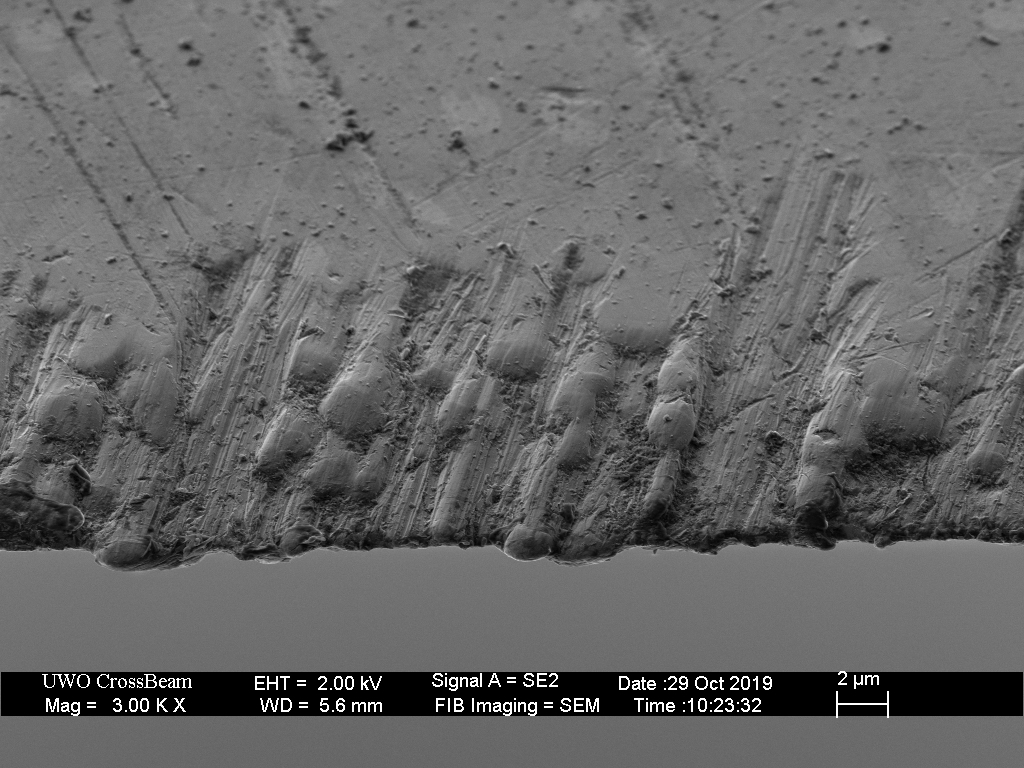LC200N and especially Vanax Superclean are really amazing rustproof steels with performance on par with some of the best mainstream knife steels (e.g. S35VN, M390). I don't know how much headroom steel chemistry has left for performance improvement, so the next leap may be to a different substance like ceramic or tungsten, where development is much less mature.
I don't know about false info, but their chart appears to have cherry-picked the worst numbers from Pete's testing (Cedric and Ada on YouTube). The results aren't fabricated, but they definitely leave out context.
The
summary of Pete's data gives more useful numbers on common knife steels.
The results they cite can all be found in the
Cut Tests tab, along with some data they omitted:
- Spyderco VG10, 75 cuts - Row 3 (20deg Worksharp edge)
- A subsequent Delica got 115 cuts with a 17deg "polished" Lansky edge - Row 151
- An Endura got 135 cuts with a factory edge and 260 with a 17deg "polished" KME edge - Rows 259 and 261
- CRK S35VN, 230 - Row 309 (factory edge)
- Average for the steel is 200ish, going up to 325 with a KME edge
- Pete got some truly terrible results with the Worksharp, averaging 144 cuts, while even the factory edge average was 213
- Opinel Carbon C75, 66 - Row 42 (20deg Worksharp edge)
- Another C75 Opinel made it to 110 cuts with a 13deg microbeveled Tormek edge (and a whopping 8 cuts without a microbevel)
- Lionsteel Niolox, 135 - Row 50 (20deg Worksharp edge)
- Spyderco CTS 204P, 321 - Row 61 (20deg Worksharp edge)
- No other tests listed, but result is noticeably worse than the average for M390 (470 cuts) and 20CV (355); his best result with M390 was 810 cuts (Steel Will Modus with 12deg Tormek edge - Row 186)
- Al Mar AUS8, 60 - Row 76 (20deg Worksharp edge)
- A subsequent test of the same model with a 13deg "polished" Tormek edge got 125 cuts
- Average for AUS 8 was 81 cuts
- Boker D2, 208 - Row 112 (20deg "toothy" Worksharp edge)
- Didn't really cherrypick this result, D2 average is 189, and only 77 for factory edges
- Average with KME edge was 306 cuts
- Microtech Elmax, 320 - Row 121 (20deg "polished" Lansky edge)
- Spyderco Mule Team in Elmax got 475 cuts with 17deg "polished" KME edge - Row 290
- Case Tru-Sharp, 60 - Row 147 (20deg Worksharp edge)
- Same knife got 65 cuts on two subsequent tests - Rows 148 and 149
- Benchmade S30V, 220 - Row 192 (17deg Tormek edge)
- Overall average was 254 cuts, and KME averaged 319 cuts
Given the performance of their blade, which blew away every commonly-available steel, going out of their way to use skewed data seems a little unnecessary.
But, I guess marketing people gonna market...


